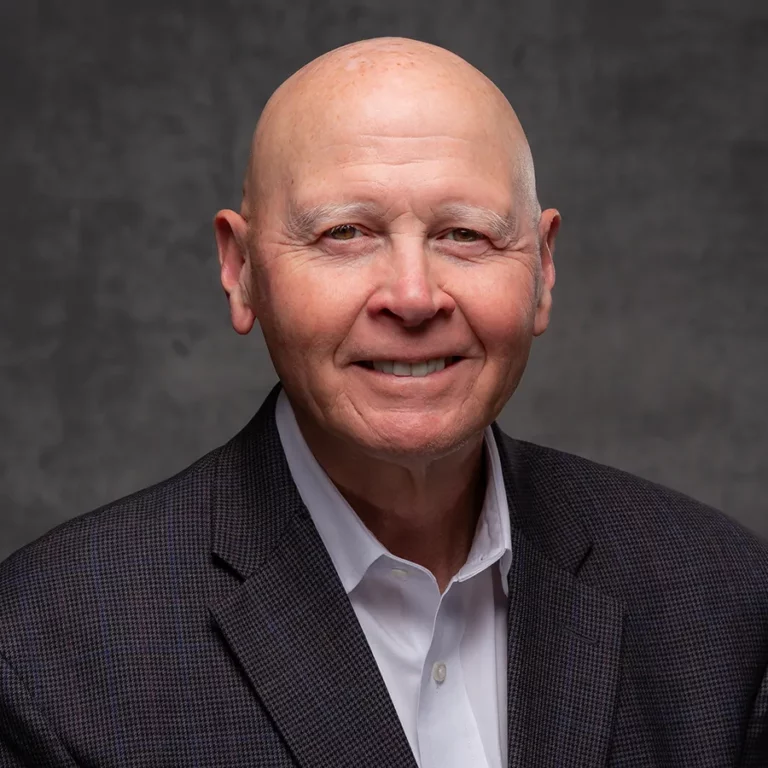Some people think of retirement as not who you are or where you are in life, but instead as the transition of your time and money. Think of it as a process you go through, and not your identity.
The transition for money is a transition from accumulating money to using it. With time, it is also a transition of reallocating the many hours every week you spent working.
Kiplinger’s recent article entitled “Living a Life of Purpose after Retirement: 3 Action Steps to Take” explains that this distinction of what retirement means is an important one to make.
That’s because the default answer and mindset that “I’m retired” leaves people stuck. As a result, they don’t truly progress toward reinventing themselves. In effect, they’ve made retirement their new identity, which just seems odd considering when you say something is “retired” it often means that it’s no longer useful.
However, this may not be an accurate description for most successful people who’ve lived a life of purpose, who’ve gained valuable insight and wisdom from their life experiences and who’ve refined their talents and unique abilities over decades.
Therefore, the word “retirement” shouldn’t be a label used to describe who someone is. That’s because it’s not their identity. Instead, “retirement” is a term that is used to describe the transition a person is going through from one phase of life to another.
It’s significant because the success of your retirement transition is dependent upon the ease with which you understand this distinction and your ability to shift your mindset in the following three key areas.
Reinvent Yourself. Every day up until your retirement transition, you dedicated many hours each day to someone or something to earn a living. That manifested as a sense of purpose. However, when that time commitment goes away, so can that sense of purpose. Therefore, think about the transition of retirement as the transition to what’s next. It’s your chance to reinvent yourself and live out the second half of your life with purpose.
Reframe Your Mindset About Money. Many people envision a life of abundance for themselves or being able to leave a financial legacy for their children and grandchildren. However, measuring your financial success based solely on rate of return or how much money is in your bank account is the wrong measurement. Instead, it should be on how much income you can generate from your assets that’s consistent and predictable. This income from your assets gives you freedom to dedicate your talents to pursue your purpose.
Reframe Your Mindset of Time. Have the choice to imagine your own future, and when you change the time frame you are operating in, you change the way you think. This gives you the freedom to reframe your future and reprogram your thinking about how to live the second half of your life.
The key to a successful retirement transition is to reframe your mindset about money, focus on maximizing cash flow, expand your concept of time and reinvent your purpose in life.
Reference: Kiplinger (May 26, 2021) “Living a Life of Purpose after Retirement: 3 Action Steps to Take”
Photo by Nick Fewings on Unsplash




